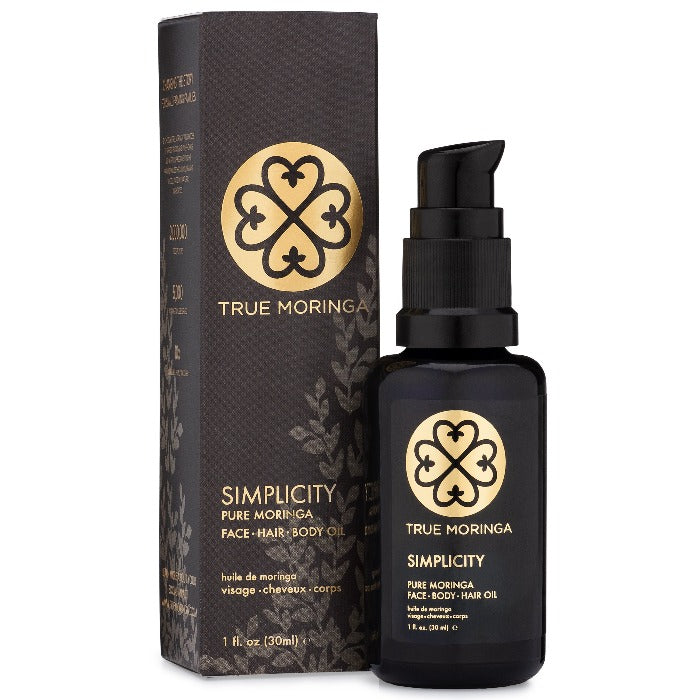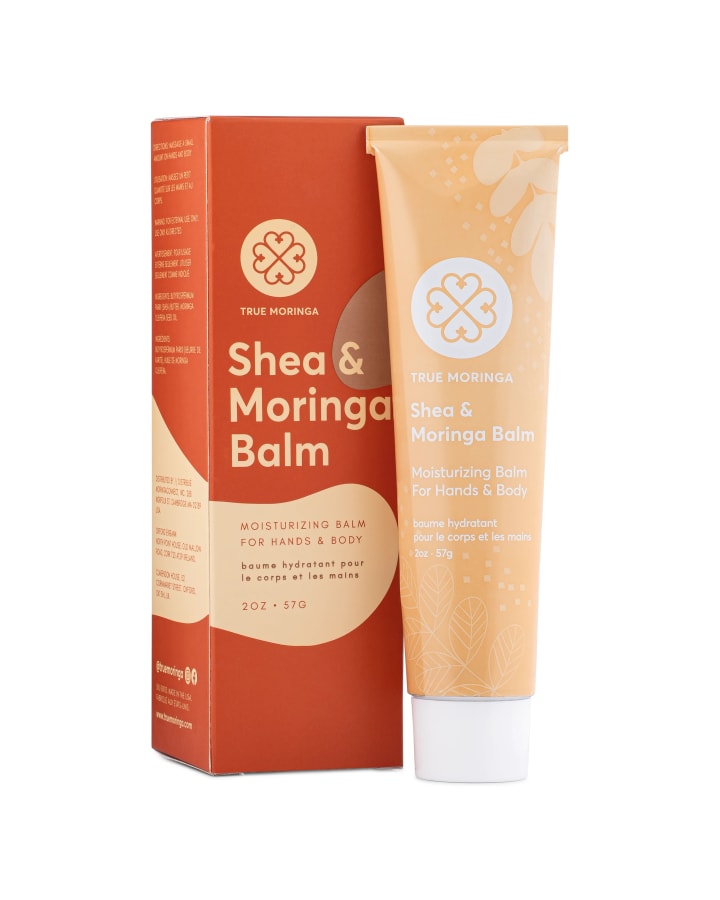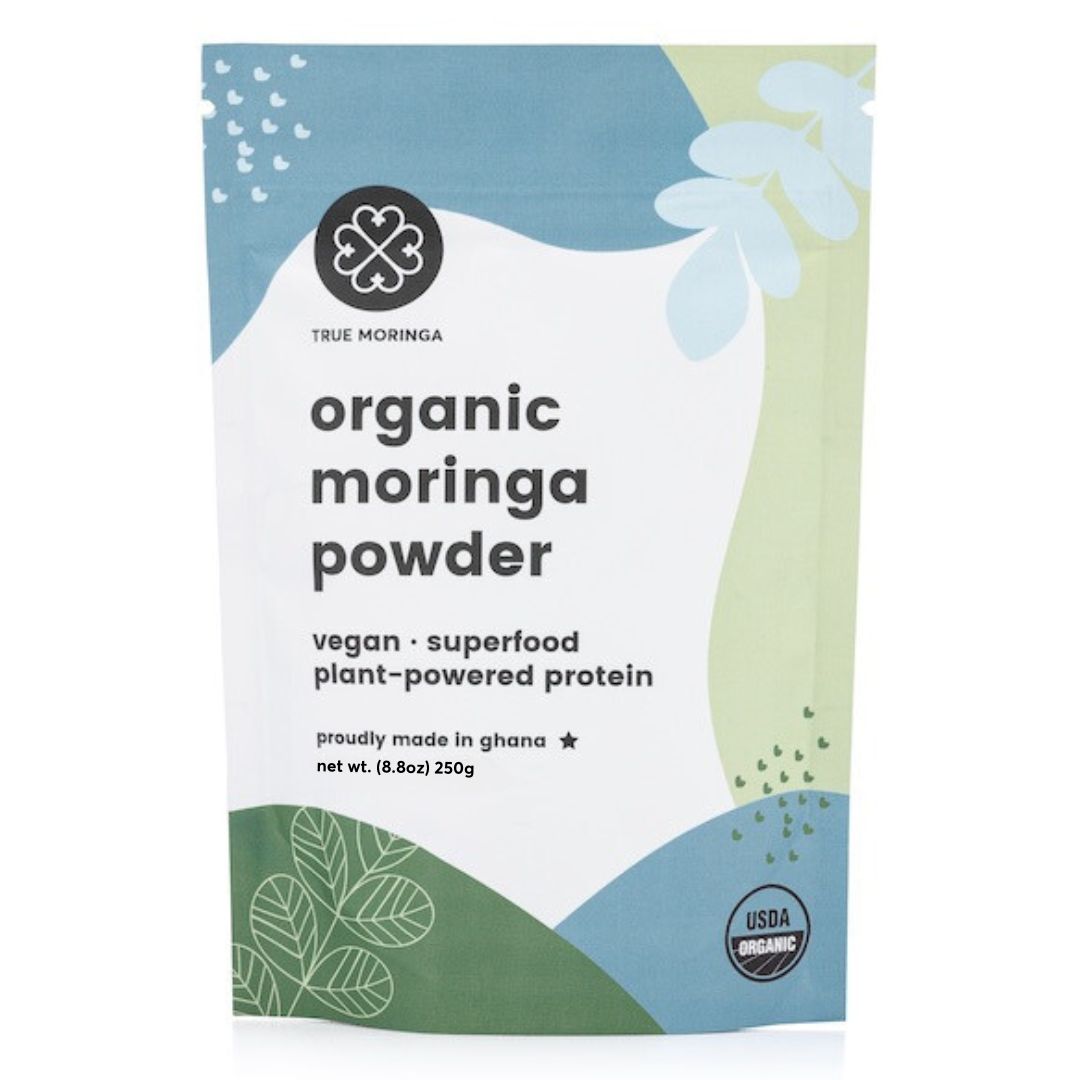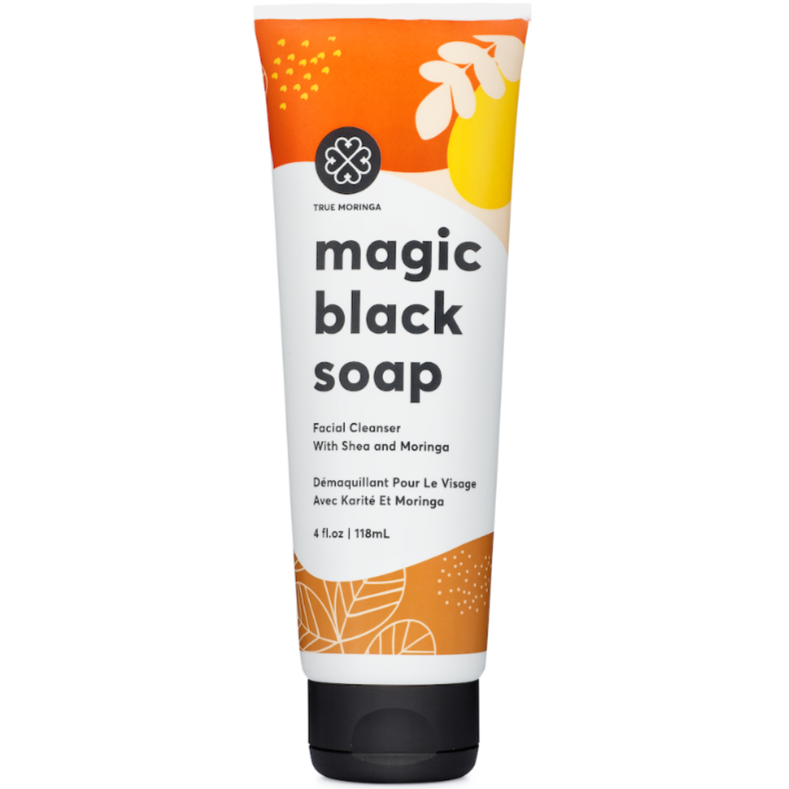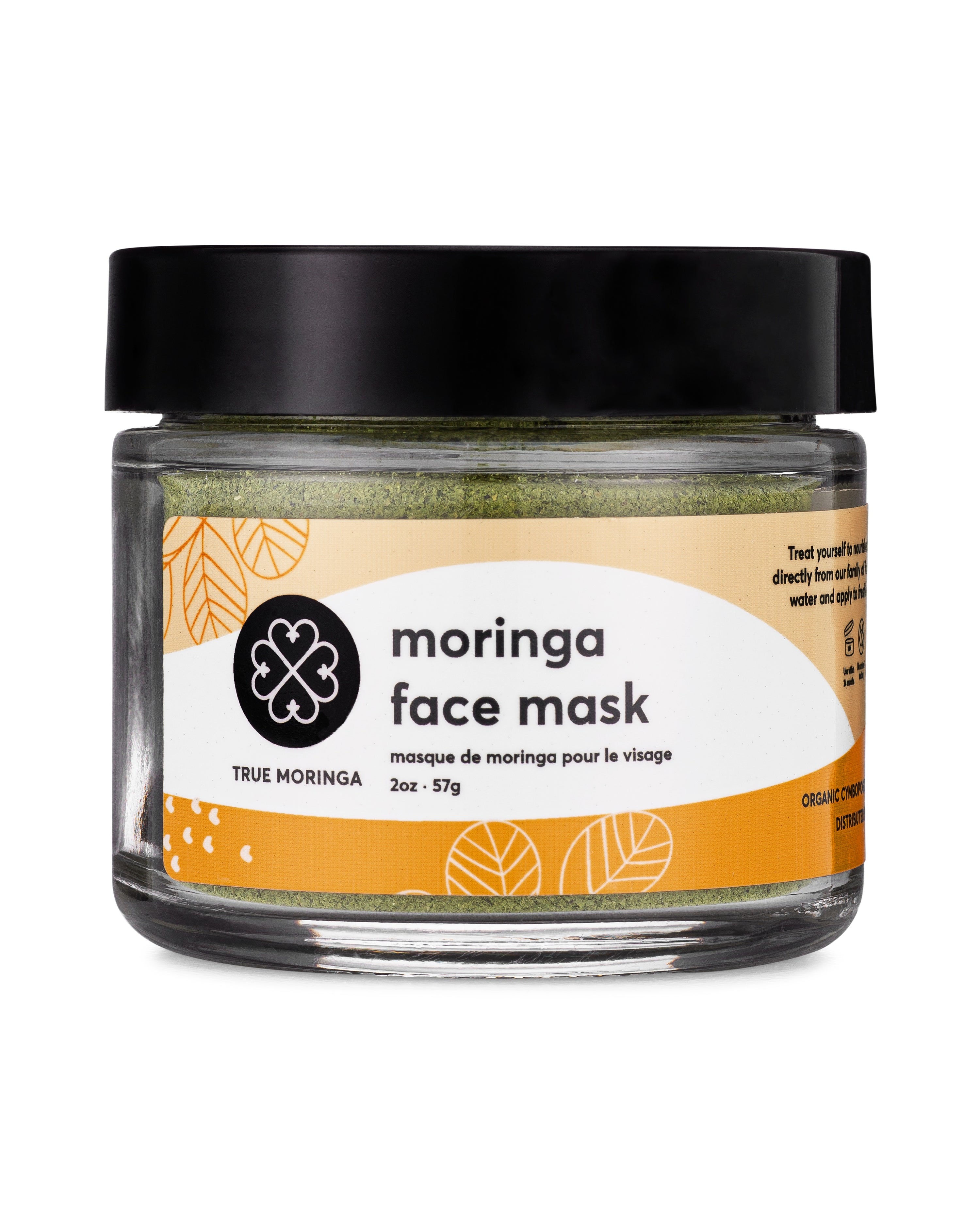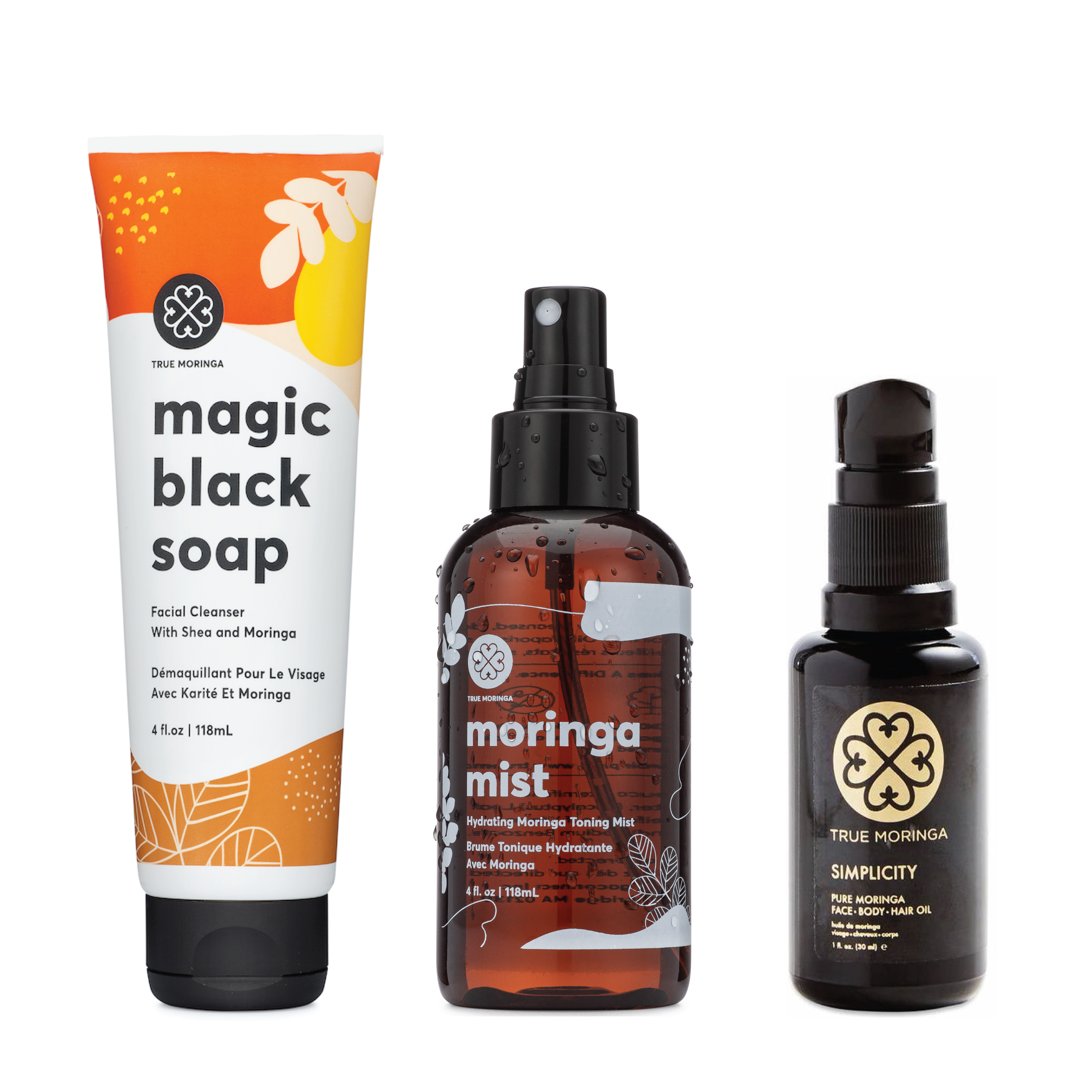



In-Depth Comparison of the Fatty Acid Composition of Cosmetic Oils
We've spent a lot of time telling you about why moringa oil is such a unique and health-enhancing cosmetic oil. Now, it's time for you to determine for yourself. Below is a comparison of the fatty acid composition of some of the most esteemed cosmetic oils and butters, including descriptions of the benefits of each fatty acid for beauty and health.
|
|
Moringa Connect Moringa Oil Source |
Argan Oil |
Jojoba Oil |
Coconut Oil |
Shea Butter |
Avocado Oil |
|
Arachidonic Acid |
3.3 |
- |
0.5 |
- |
1.3 |
- |
|
Arachidonic Acid is a polyunsaturated omega-6 fatty acid found naturally in the body that leads to inflammation and growth of muscle tissues, and may be useful in treating depression. |
||||||
|
Behenic Acid |
6.4 |
- |
0.5 |
- |
- |
- |
|
Behenic Acid is a fantastic lubricating fatty acid, great for moisturizing skin and nails. |
||||||
|
Capric Acid |
- |
- |
- |
4-8 |
- |
- |
|
Capric Acid is a strong antiviral and antibacterial; it can also be processed into ketones by the liver, a form of energy used by the brain. |
||||||
|
Caproic Acid |
- |
- |
- |
0.5-1 |
- |
- |
|
Caproic Acid is another medium chain triglyceride that can be broken down into ketones in the liver. |
||||||
|
Caprylic Acid |
- |
- |
- |
5-10 |
- |
- |
|
Caprylic Acid, also found naturally in breast milk, is a powerful anti-inflammatory, antifungal, and antibacterial. |
||||||
|
Eicosenoic Acid |
2.7 |
- |
65-80 |
- |
- |
- |
|
Eicosenoic Acid is an omega-9 monounsaturated fatty acid. As the dominant component of jojoba oil, it may be what causes the oil to be so similar to our naturally produced sebum. |
||||||
|
Erucic |
0.2 |
- |
10-20 |
- |
- |
- |
|
Erucic Acid is a monounsaturated fatty acid useful in mineral oils and even oil paint because it’s easily biodegradable. |
||||||
|
Lauric Acid |
- |
- |
- |
45-52 |
- |
- |
|
Lauric Acid is a medium chain saturated fatty acid commonly found in coconut and palm oils. Normally we hear “saturated fat” and want to jump ship--but lauric acid is unique in that it’s actually been found to help lower cholesterol levels and even contribute to weight loss. |
||||||
|
Lignoceric Acid |
1.1 |
- |
5 |
- |
- |
- |
|
Lignoceric Acid is a benign saturated fatty acid commonly found in wood tar and peanut oil. |
||||||
|
Linoleic Acid |
0.9 |
29-36 |
5 |
1-3 |
6.6 |
14.75 |
|
Linoleic Acid is the most widely used fatty acid in the cosmetics industry, desirable for its moisturizing and infection-fighting properties. It’s not produced naturally in the body, and a lack of it can lead to dry and cracked hair, skin, and nails. |
||||||
|
Linolenic Acid |
- |
- |
1 |
0.2 |
0.4 |
- |
|
Linolenic Acid is an anti-inflammatory and may be helpful in preventing certain chronic conditions. |
||||||
|
Myristic Acid |
0.1 |
- |
- |
16-21 |
- |
- |
|
Myristic Acid is very easily absorbed by the skin, making it an excellent moisturizer. It’s also used as a cleanser, a surfactant (lowers the surface tension of oils), and an emulsifier. |
||||||
|
Oleic Acid |
71.8 |
43-49 |
5-15 |
5-8 |
49.3 |
65.4 |
|
Oleic Acid greatly enhances skin permeability, making absorption of vitamins and nutrients faster and easier. |
||||||
|
Palmitic Acid |
7 |
11-15 |
3 |
7-10 |
4.4 |
14.25 |
|
Palmitic Acid is a highly soothing emollient, often used in skin cleansers. |
||||||
|
Palmitoleic Acid |
1.4 |
- |
1 |
Traces |
- |
5.9 |
|
Palmitoleic Acid is an omega-7 fatty acid with anti-inflammatory properties that may be useful in lowering cholesterol levels. |
||||||
|
Stearic Acid |
5 |
4-7 |
1 |
2-4 |
40.4 |
0.1 |
|
Stearic Acid is often used in soaps for its cleansing properties. It’s also a surfactant, allowing oils to mix more evenly with water and water-soluble ingredients. |
||||||

